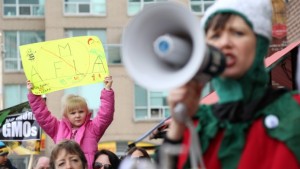 by Althea Manasan
by Althea Manasan
Strategies/Skills Used
Reading Strategy 1: Access background knowledge.
Reading Strategy 2: Predict what will be learned or what will happen.
Reading Strategy 6: Connect what you read with what you already know.
Reading Strategy 8: Extract information from text, charts, graphs, maps and illustrations.
Reading Strategy 11: Make inferences and draw conclusions.
Reading Strategy 12: Reflect and respond.
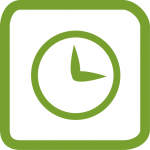 TEACHING THE ACTIVITY: PRE-READING
TEACHING THE ACTIVITY: PRE-READING
(1) For a week prior to the activity, have students chart/list their food intake in their Response Logs/Reflective Journal.
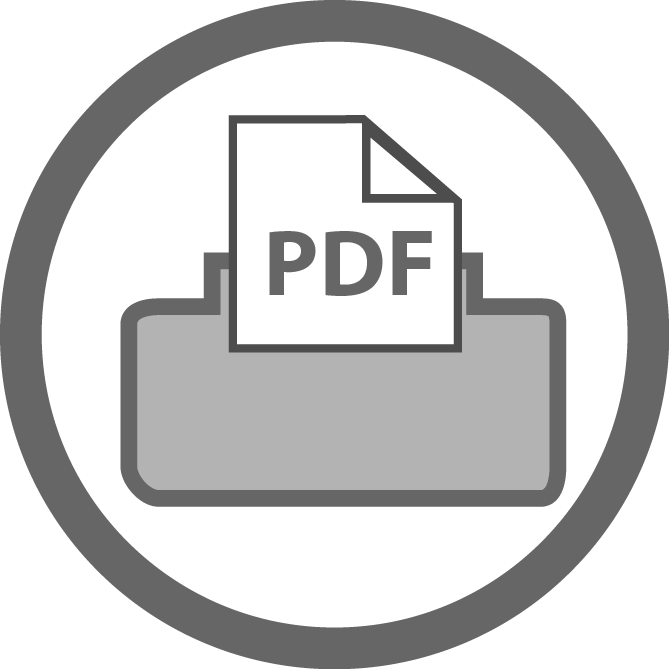 (2) Distribute the Vocabulary Awareness Chart 1 Graphic Organizer.
(2) Distribute the Vocabulary Awareness Chart 1 Graphic Organizer.
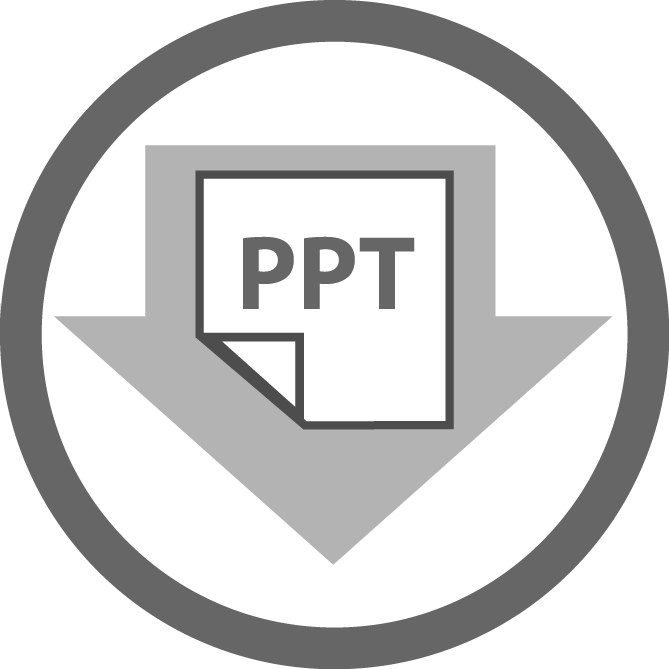 (3) Introduce the concept of biotechnologies with the Intro/Term PowerPoint and allow time for students to complete their individual awareness chart with terminology featured at the end of the PowerPoint.
(3) Introduce the concept of biotechnologies with the Intro/Term PowerPoint and allow time for students to complete their individual awareness chart with terminology featured at the end of the PowerPoint.
(4) Ask students to write their pre-questions, concerns and knowledge about a topic in their Response Logs/Reflective Journal.
 TEACHING THE ACTIVITY: DURING READING
TEACHING THE ACTIVITY: DURING READING
(5) Begin to read, pausing after “studies from the mid- to late-2000s suggested that a majority of people in Canada have no strong views on the matter…” Have students write their first response in their Response Logs/Reflective Journal.
(6) Continue reading, pausing after “the apathy or lack of information…” Have students write their second response in their Response Logs/Reflective Journal.
(7) Continue reading, pausing after “assessing the risks…” Have students write their third response in their Response Logs/Reflective Journal.
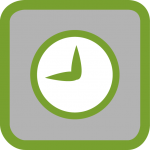 TEACHING THE ACTIVITY: POST-READING
TEACHING THE ACTIVITY: POST-READING
(8) Use log entries to guide a discussion, summarize a lesson, express opinions, clarify and/or summarize.
 (9) Have students complete the Know-Wonder-Learn Graphic Organizer to assist further inquiry on the topic. Use the Know-Wonder-Learn process.
(9) Have students complete the Know-Wonder-Learn Graphic Organizer to assist further inquiry on the topic. Use the Know-Wonder-Learn process.
 TEACHING THE ACTIVITY: POST-READING EXTENSION
TEACHING THE ACTIVITY: POST-READING EXTENSION
(10) Students can begin researching which of their foods from their weekly intake may contain GMOs.